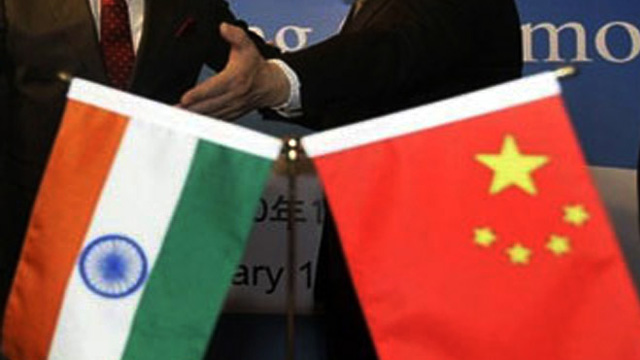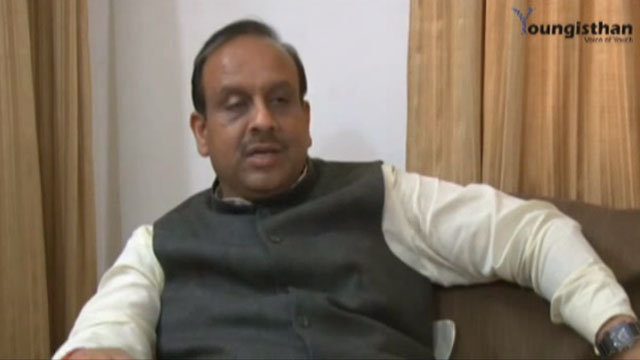With over 2,000 twinning agreements with major metropolises around the world, China has established sister ties between three of its big cities and three Indian metros
With over 2,000 twinning agreements with major metropolises around the world, China has established sister ties between three of its big cities and three Indian metros, an initiative to establish people-to-people ties and share best practices in town planning and urban maintenance among other things.
China and India have inked Memorandums of Understanding to establish sister-city ties between Beijing-Delhi, Bengaluru-Chengdu and Kolkata-Kunming during the visit of Indian Prime Minister Manmohan Singh in Beijing this week.
Beijing, one of the most populous cities in the world with around 20 million people, has similarities with Delhi which too has a rich historical past – being the capital of several empires – and has a population of over 16 million.
Kunming, the capital and largest city of Yunnan province in southwest China, has a population of over six million. It acts as China’s gateway to the east and South Asia in particular. It has a highway project linking it with Singapore while work is going on a rail network linking with Singapore via three trunk lines passing through Myanmar, Laos, Thailand, Vietnam, Cambodia and Malaysia. China has also built a road from Kunming to Mandalay in Myanmar.
Its Indian twin Kolkata, the capital of West Bengal state, has a population of over four million. Kolkata and Kunming are connected with daily flights.
Earlier this month, officials from Beijing were in Dhaka to discuss construction of a highway from Kunming to Kolkata, that would run through Myanmar, northeast India and Bangladesh to boost trade and investment in South and Southeast Asia. The project would be part of the proposed Bangladesh, China, India, Myanmar (BCIM) Economic Corridor that China is pushing and the both India and China have agreed to set up a joint study group on it.
A recent Asian Development Bank (ADB) report proposed enhancing connectivity between South Asia and Southeast Asia, especially between Myanmar and northeast India to connect the two regions.
A road rally from Kolkata to Kunming was held in February this year to restore road connectivity among the BCIM countries – driving through a disused trans-Asian roadway that used to ferry people and merchandise.
While Kolkata is well connected to the Sundarbans mangrove forests, home to the Royal Bengal Tiger, tourists from India could get to see full dinosaur fossils at a fossil park among other things.
Chengdu, the capital of Sichuan province in southwest China, has a population of over 14 million. Chengdu is China’s electronics manufacturing centre. Bengaluru, India’s IT hub, has a population of around 10 million. Several multinational tech corporations have major operations in both cities.
Networking equipment manufacturer Cisco’s East Headquarters is located in Bangalore while their largest manufacturing base in China is located in Chengdu. Electronics manufacturer Huawei has a major IT research and development (R&D) centre in Bangalore and a major manufacturing operations in Chengdu. Rival Chinese telecom firm ZTE too has centres in Bengaluru and Chengdu.
In July, Chengdu inaugurated the New Century Global Center, touted the “largest freestanding building in the world”. The global centre – 500 m long, 400 m wide and 100 m high — is capable of housing 20 Sydney Opera Houses and is almost three times the size of the Pentagon in Washington. Besides business offices, hotels, movie theatres, shopping malls, there is also an imitation Mediterranean village and a water park called Paradise Island.
Chengdu also has a Giant Panda research and breeding park.
The sister city connections between the three Chinese cities and three Indian cities would besides boosting connectivity also help in the city officials learning from each other, said an official source.
“China has sister city connections with 2,024 cities around the world. The twinning arrangement will help us learn from the way they plan their cities, their drainage, their administration, education and other things – adopt them where necessary. It would boost people to people contacts,” an Indian official told IANS.
As part of the sister city ties, cultural shows would be held by troupes from each city in the other, there would be exchange of visits, and study tours, the official added. Economic relations would also be a part of the connections.
-IANS





